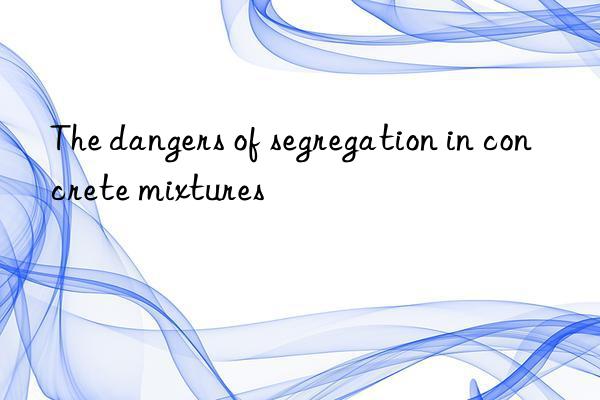
Hazard 1: If the mixer truck driver does not rotate the tank during transportation or stops on site in order to save fuel, the concrete may delaminate and separate when unloading at the construction site. At this time, the tank may be seriously eccentric. The tank cannot be rotated, causing the concrete to be scrapped. It also takes a lot of time to eliminate the residue in the tank:
Hazard 2: It can easily cause blockage of the pump. The segregated material only needs to be discharged from the bottom of the station to being discharged into the pump hopper. Stir it so that it doesn't scrape the bottom. There will be no problem during continuous pumping. When the pump is stopped for one minute, the pump will become blocked (that is, the slurry floats, and the sand and gravel sink close to the pipe wall to form a large resistance, making pumping impossible).
Hazard 3: Segregated materials and non-segregated materials in the same mix ratio of concrete will reduce the strength of the concrete by about 10%, and may even affect the setting time of the concrete, causing the concrete to not harden.
Hazard 4: During the pouring process at the construction site, all the floating slurry of the separated concrete mixture will flow out along the formwork joints, polluting the construction environment and causing large cleanup costs to the owner.
</p

 微信扫一扫打赏
微信扫一扫打赏

